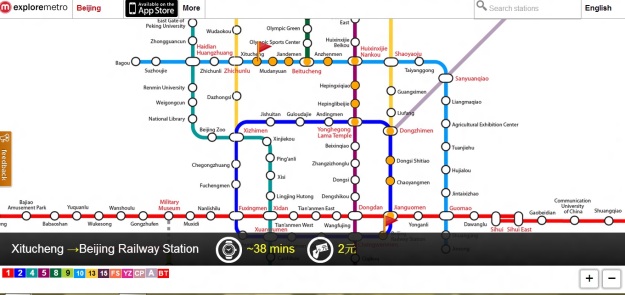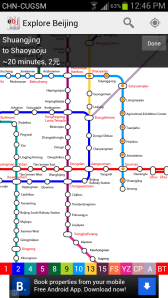Transforming China’s rental market into a more trustworthy, transparent and efficient place – online
We are very proud to announce that our new website Koombah has now officially launched! Like a precious little baby, we have been conceiving the idea and the product for a very long time and now we have brought a new living and breathing start-up into the world. Currently it even looks bare as a baby’s bum, so that’s why we look to you to help us nurture it to become healthy and thriving.
Although we have a new website, we are staying true to the vision of transforming China’s real estate market into a more trustworthy, transparent and efficient place. For those who have experience dealing with renting in China, you must know how painful it is.

The re-incarnation
You might be wondering what has changed since the old site so let me explain. Since May this year, our former site was a very basic informational site. Potential renters could click a button called ‘Help me now!’ and it would take them to a form to fill in the details of their rental property search in Beijing. We then acted as consultants to find and manage the whole housing process from search to set-up.
The new Koombah website is a major update. The key difference is that the new site is a platform for people with rental property to list and for renters to search for high quality property. We will connect renters with property listers and manage both the listings and the search process. So instead of renters telling us what they are looking for and us going out to our network of agents to source property, renters will be able to select property on the website and we will connect them directly to the property lister. The best part for renters is that it will all be totally FREE!

Who is it for?
The focus of our site is currently on the medium to long-term residential rental market in Beijing (medium meaning 3 months to a year). The site is obviously in English so you must be thinking it is for the foreign market. It is true we are targeting the foreign expat market in Beijing, but of course that does not prevent local Chinese to use the site. The problems of trust, transparency and efficiency are equally painful for expats and locals alike and we are driven to make the real estate market better for everyone.
For people with rental property available to list on the site, you could be a real estate agent, a landlord, a sub-letter or someone looking for a roommate.
How it works
Firstly, people with available property for rent in Beijing can list on the site for FREE. The usual details of location, price, time period of availability, features and photos can be uploaded. After uploading the details of the property, you must submit it for approval. After we check that your listing looks good, we will approve it so it will become public on the website. If someone is interested and inquires about your property, we will contact you to arrange a time for inspection.
For people looking for available property for rent in Beijing, you can do it on our site for FREE! After signing up to become a user, log on to the site to search or “favorite” properties. If you see anything you like and want to actually inspect the property, you must click “Inquire Now”. After you inquire for a property, we will contact you and let you know if you can view the property. If it’s still available, we will arrange a time and place and let you know who to meet. If you decide to make an offer for the property and want to sign the lease contract, contact us and we will help you look over the contract, negotiate the deal and help you move in. Once you have signed, we offer premium services for a fee; from helping you move your stuff in, set up internet, finding a cleaner and ordering a water machine for drinking water.
Try it out now!
So if you have available rental property, upload your property on koombah.com or tell your friends with available property about it too.
The site is brand new so we will be spending a lot of effort on populating the site with great high quality and real property listings. For renter’s you will have to bear with us as we work hard to source these properties for you. However, even if you don’t find anything on the site that is suitable for you, you can still contact us through the site and we can still find it for you.
A big thanks!
This website has been a long journey but this is just the start of the next level. We have built the rocket but now it is time to make it take off into infinity and beyond! There are many people who have helped us get to this point and I want to give a special shoutout for everything they’ve done. We will always be grateful to you for your time, effort and most of all belief that what we are doing is important.
Special thanks to, Timothy Wang, Jayapal Dharmamani, Peter Gent, Ben Chiang, Adam Pan, Will Chang, Logan Gong.
Get in touch
As a start-up, we thrive and improve on feedback from real users. If you have comments, feedback both good and bad, please click the red ‘feedback’ link on the right side of the website.
If you have general questions about anything, you can contact us at hello@koombah.com.
Merry Christmas and Happy New Year!
Jason Lim



















